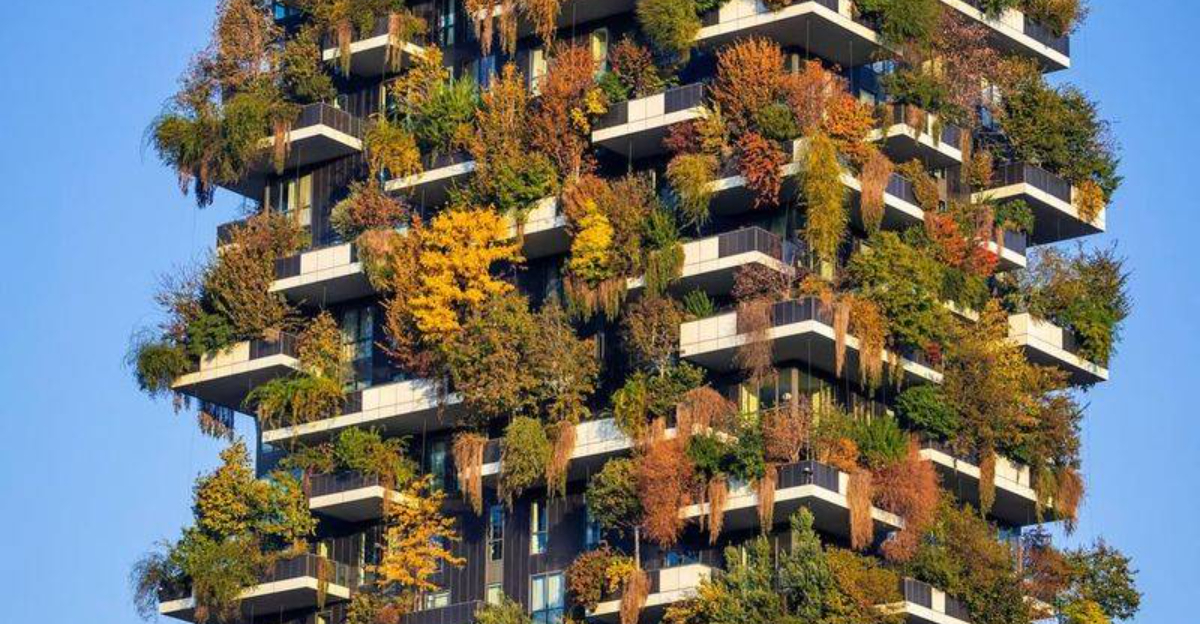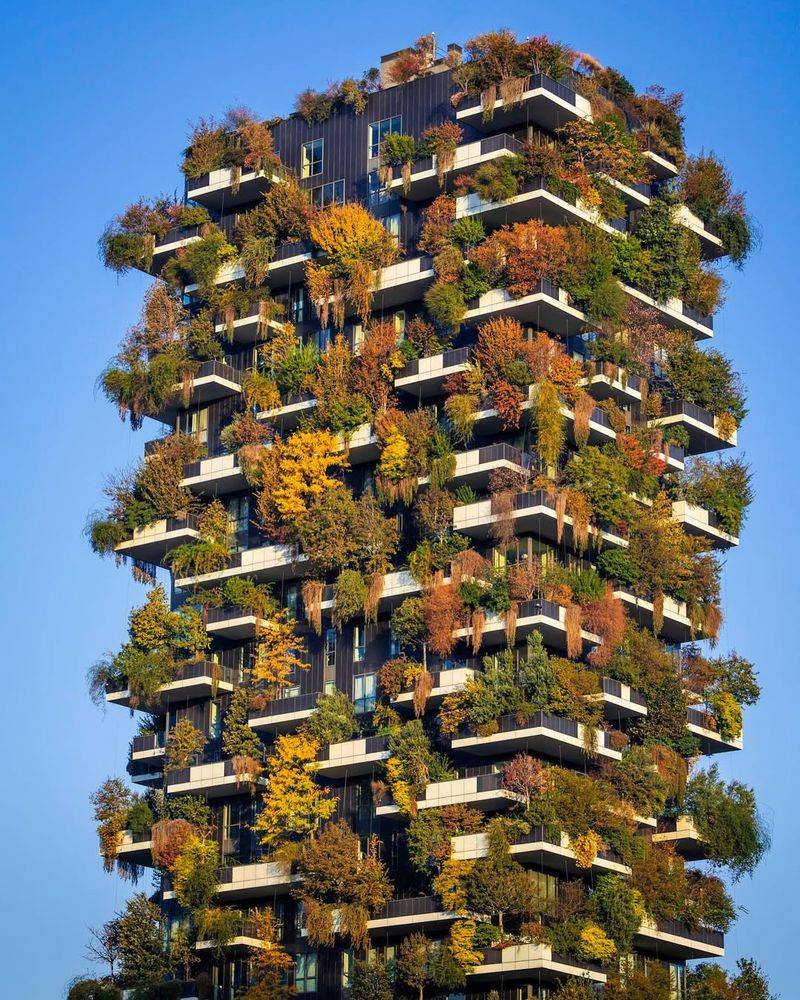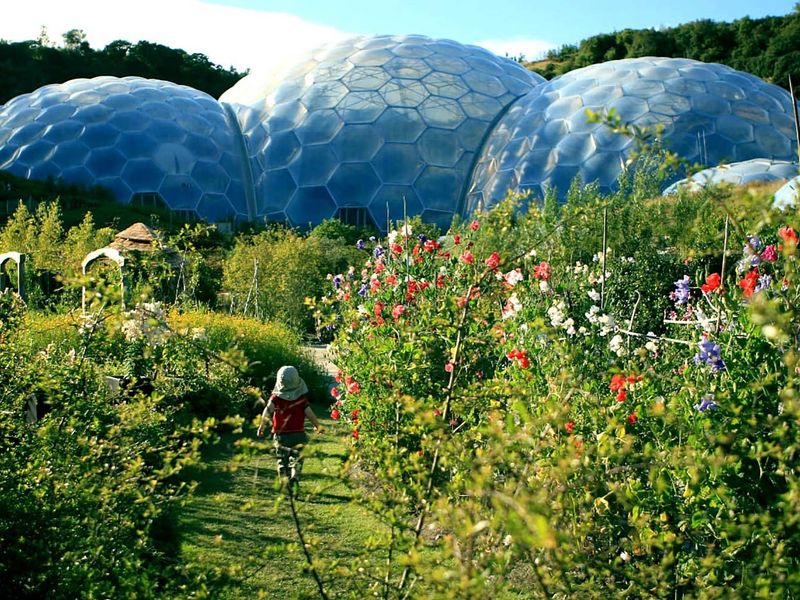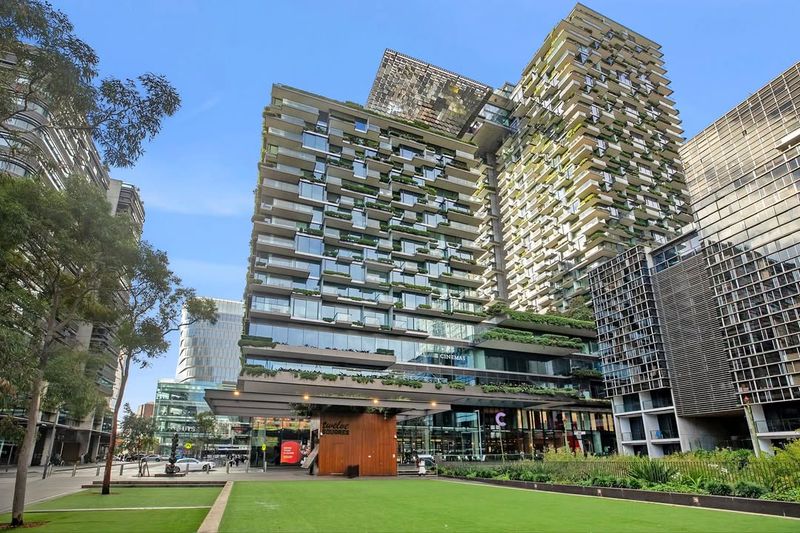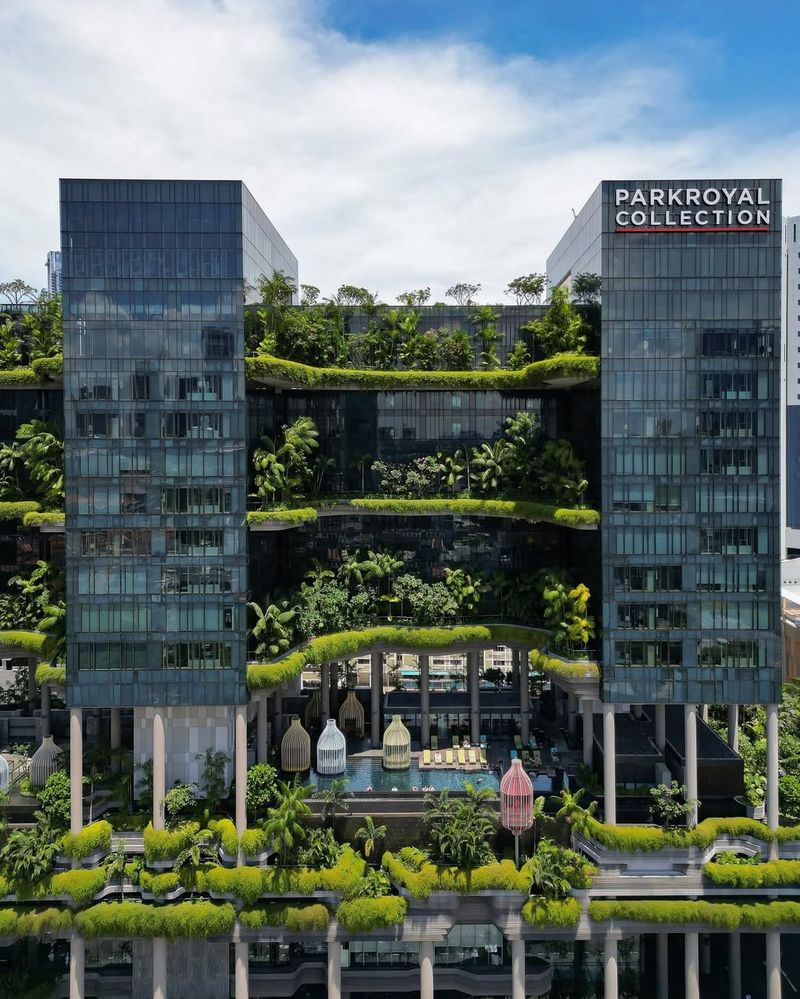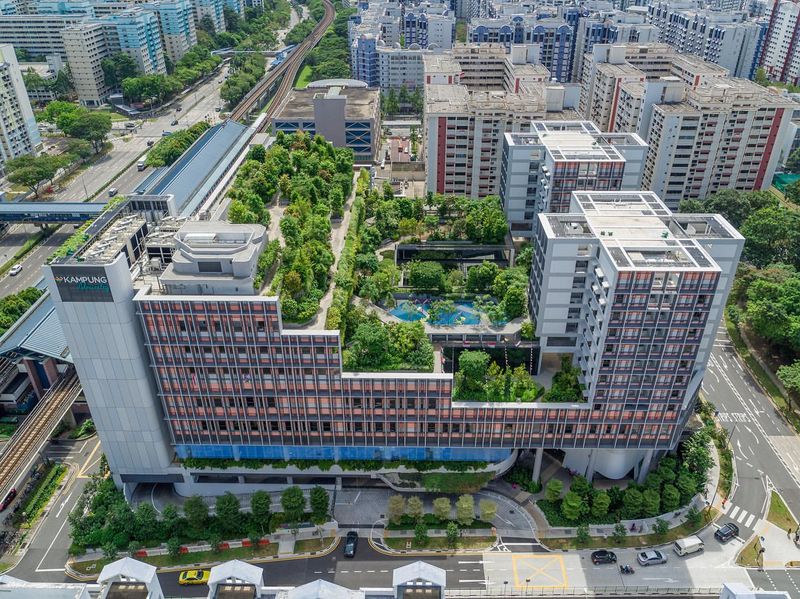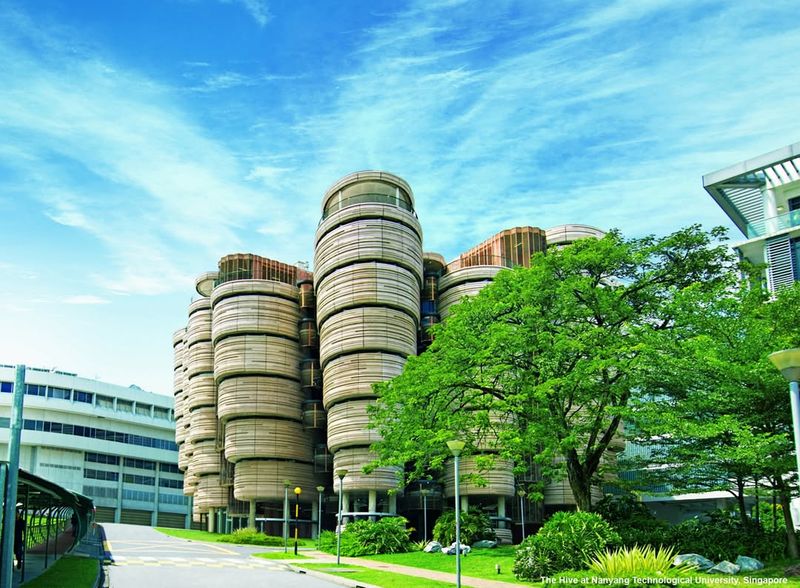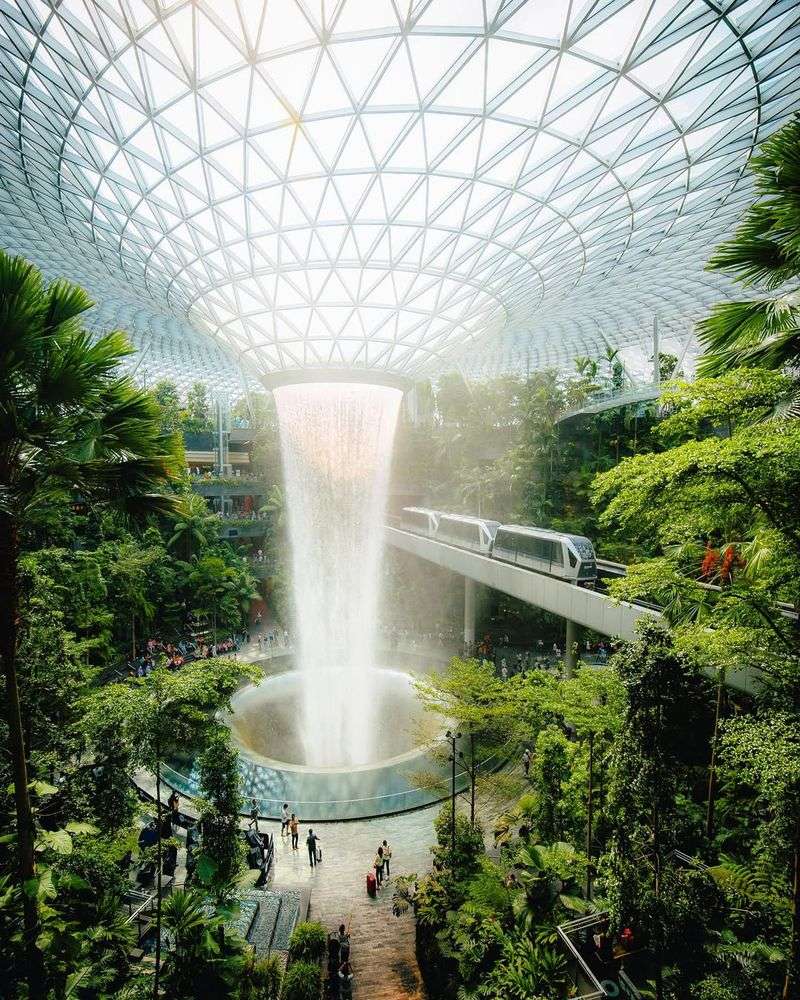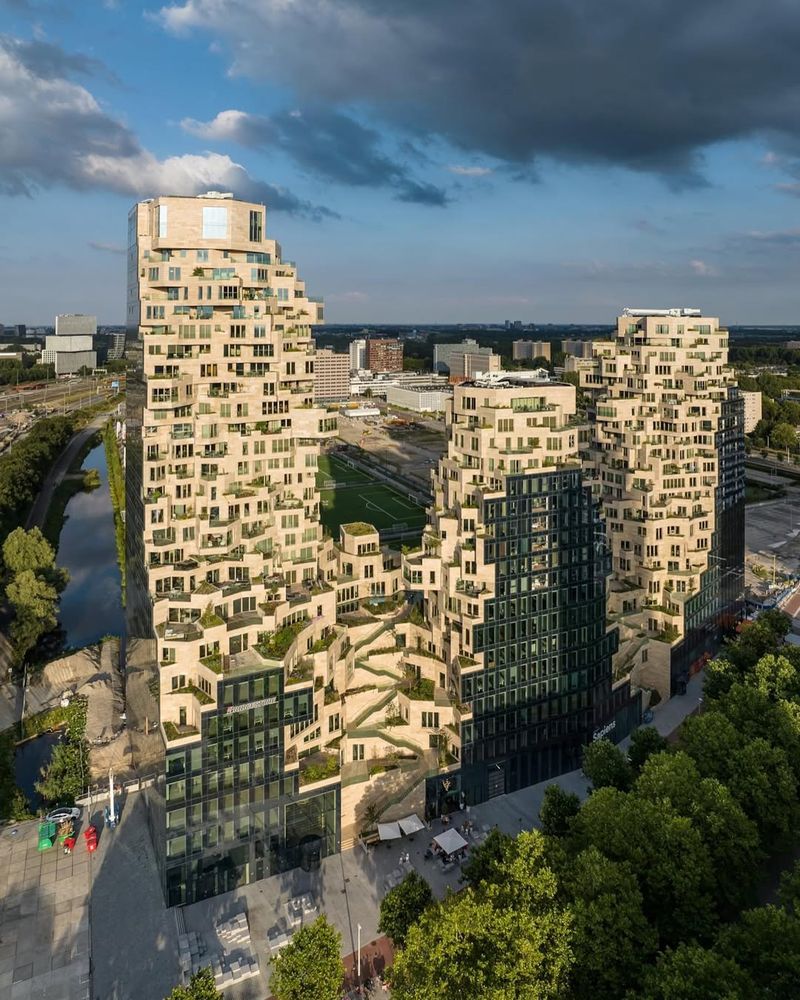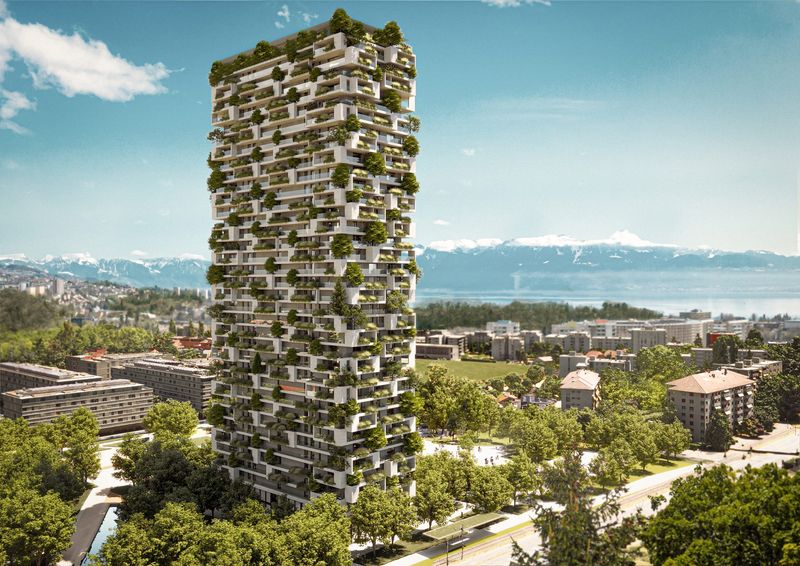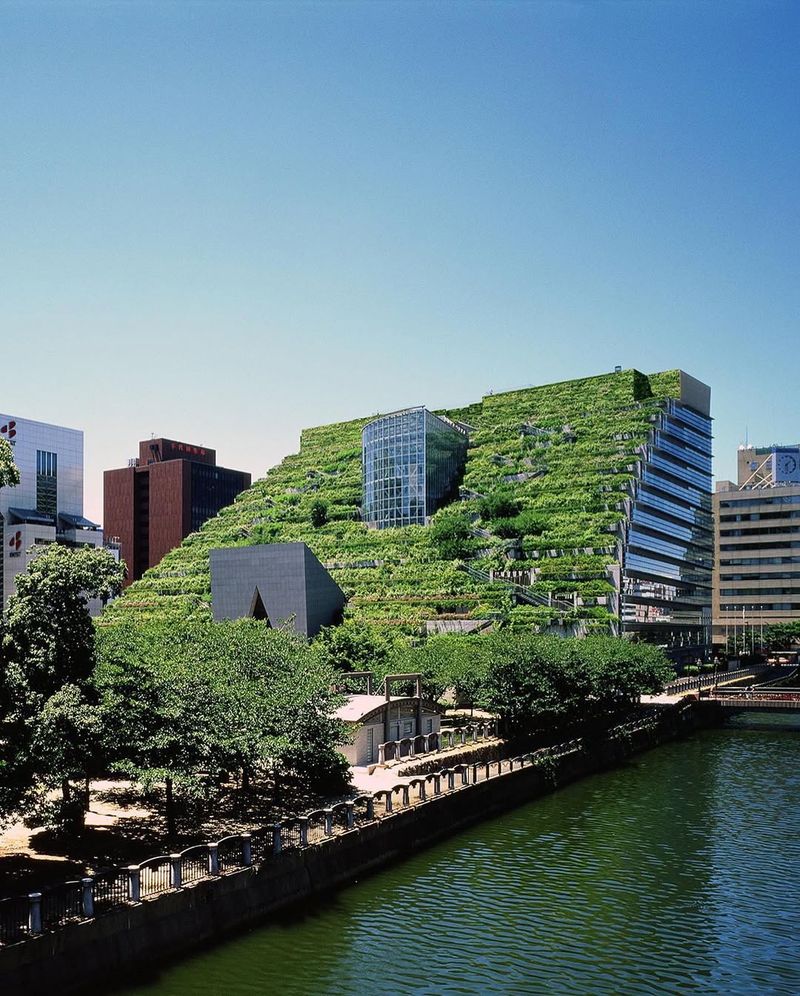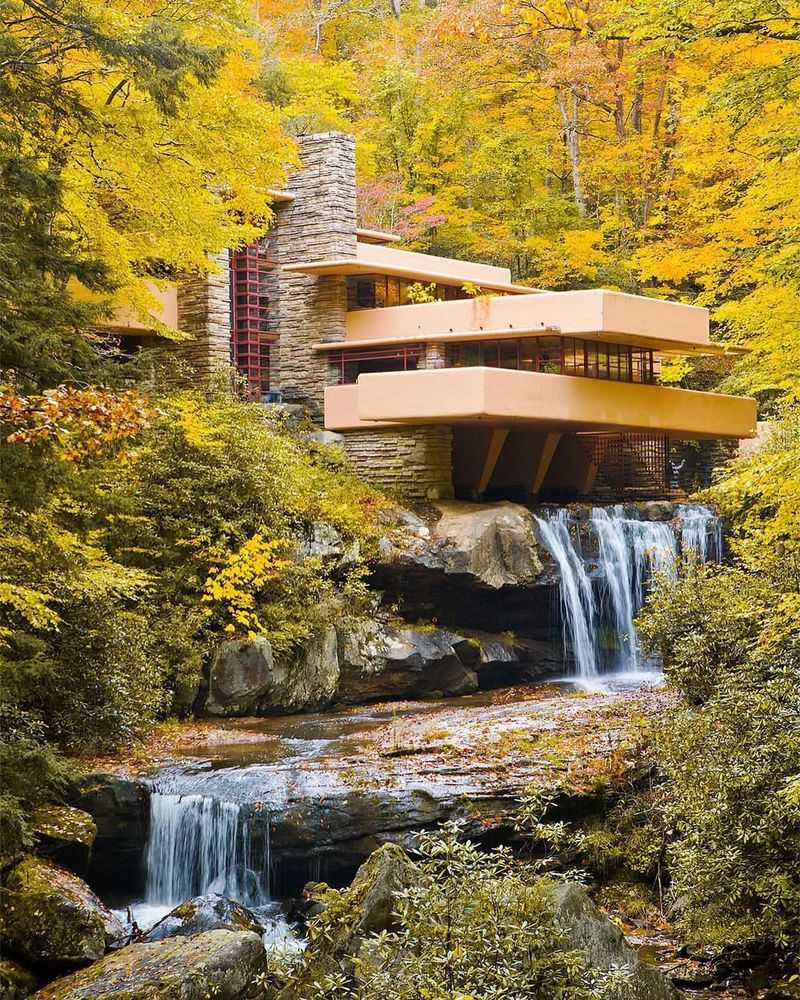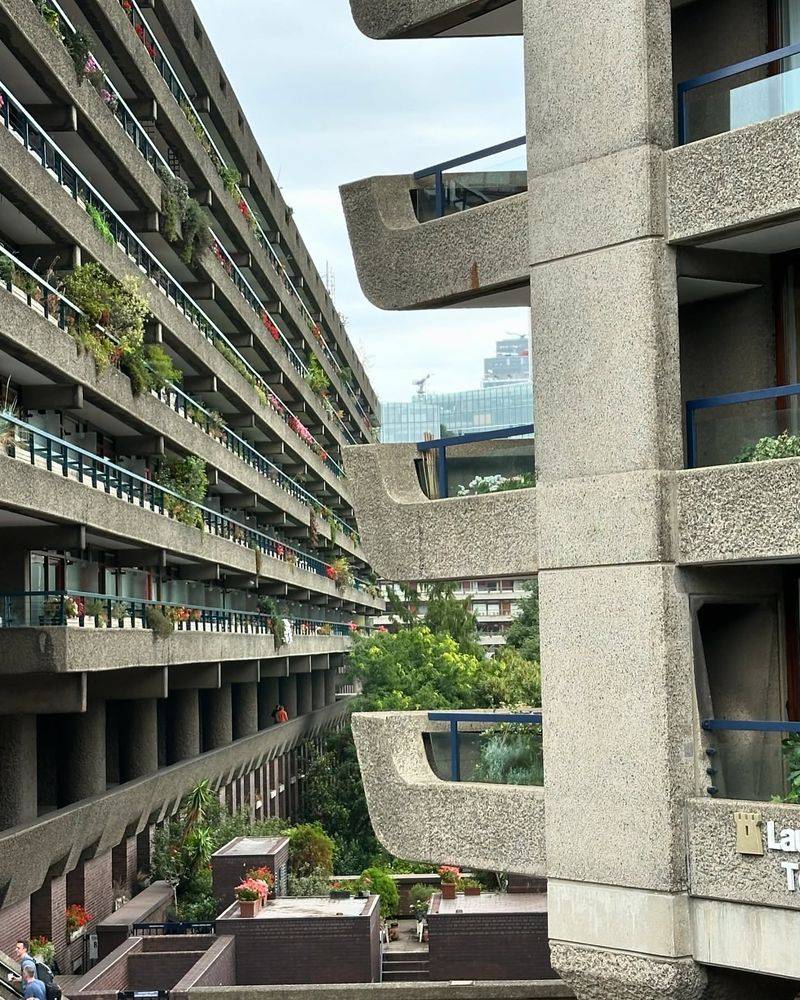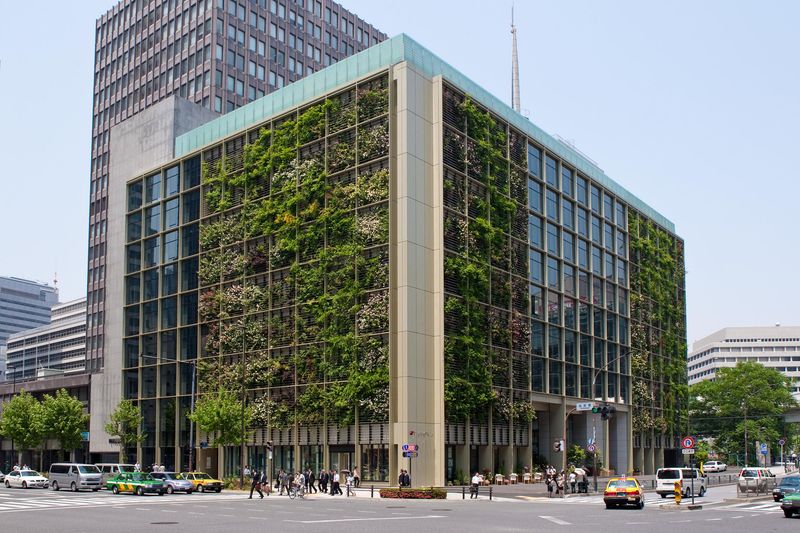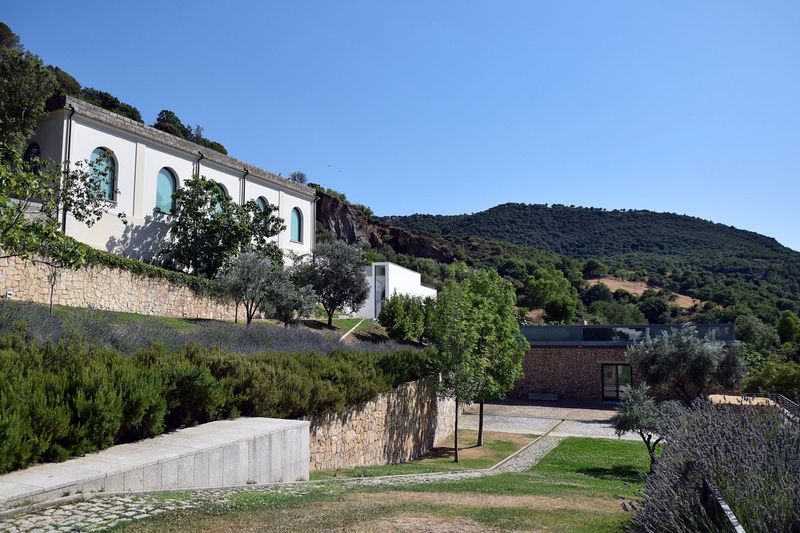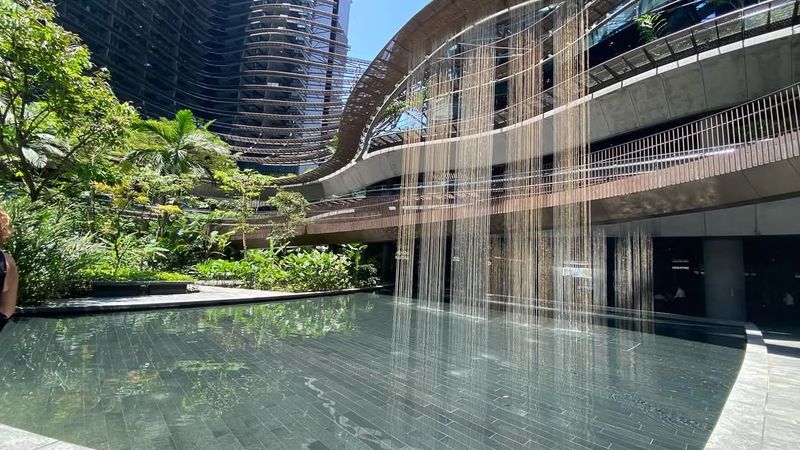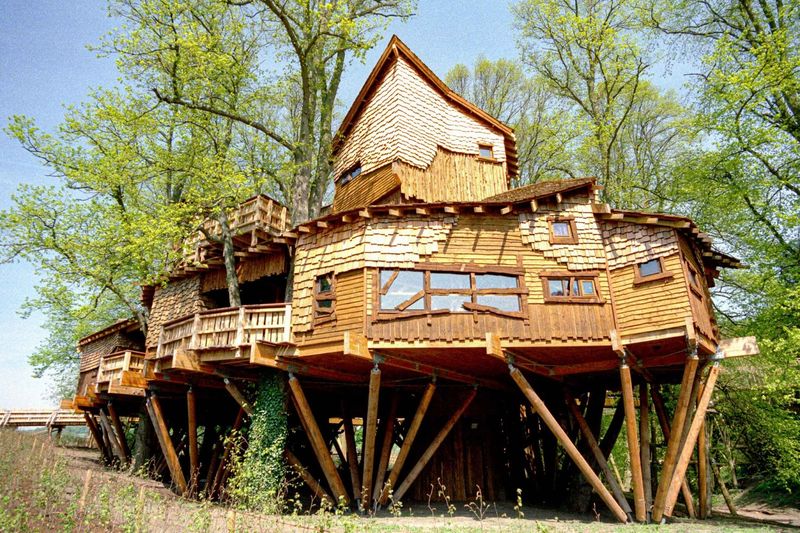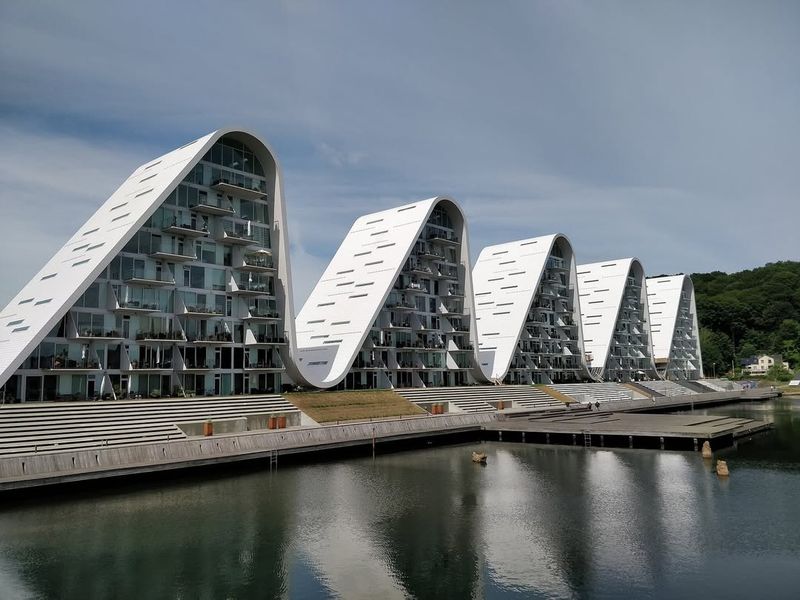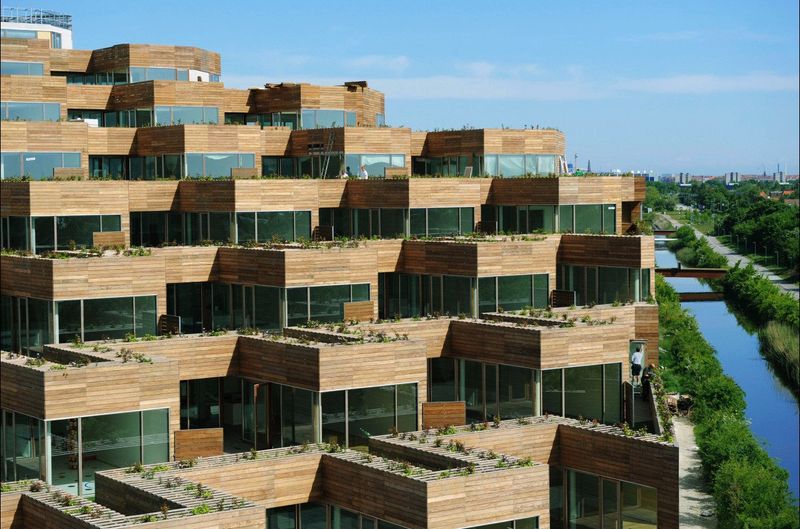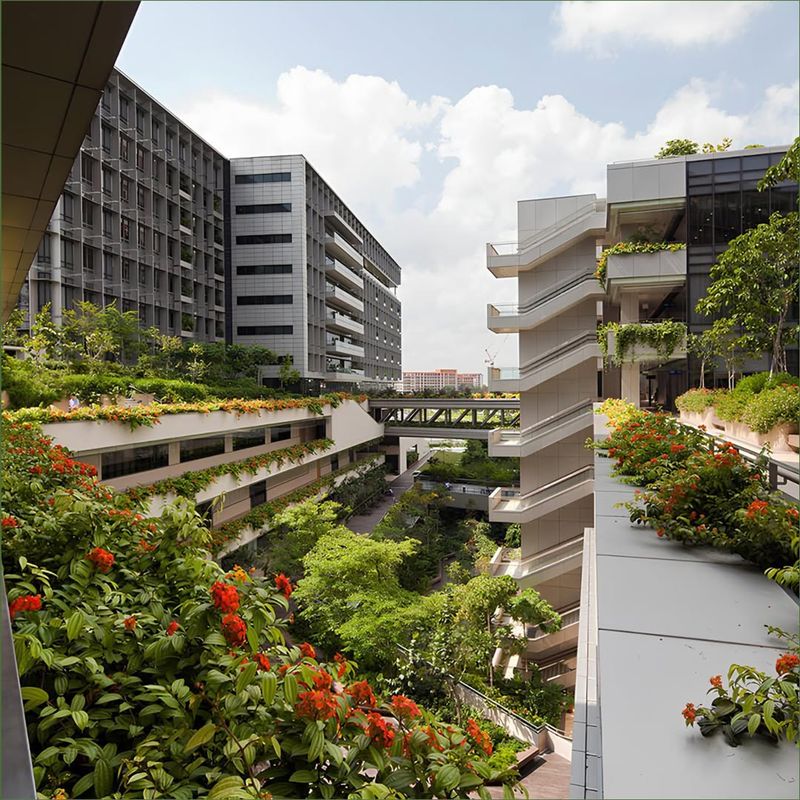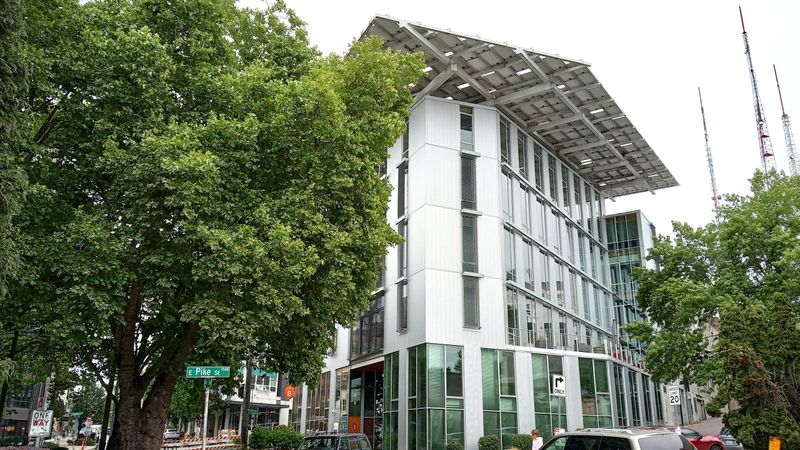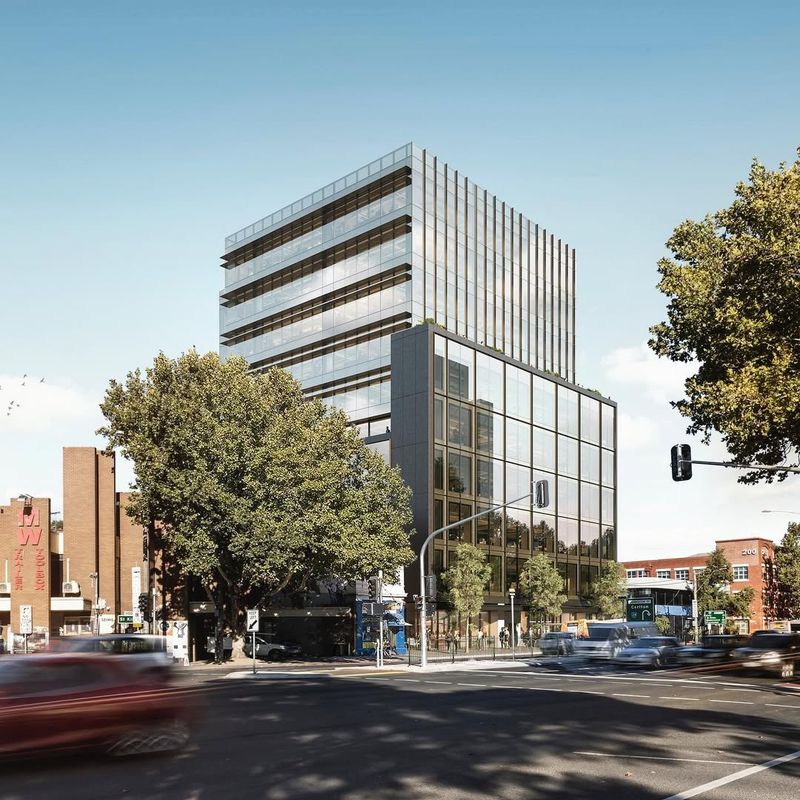If Mother Nature were an architect, she’d be designing biophilic masterpieces – constructions that breathe life into urban landscapes.
Green architecture combines nature with design, creating a symphony of man-made and organic. These 21 stunning examples of biophilic design are sure to soothe your soul and invigorate your senses.
So, grab your metaphorical hiking boots and embark on this architectural nature trail. Discover how bricks, mortar, and a splash of chlorophyll can create sanctuaries that make concrete jungles a little more wild and a lot more wonderful.
1. Bosco Verticale, Milan, Italy
Ever wondered what it feels like to live in a forest in the sky? Milan’s Bosco Verticale might just be the answer. Two residential towers exuberantly dressed in thousands of trees and shrubs make these buildings a vertical woodland.
This isn’t just a home; it’s a habitat, where residents share their space with nature itself. And yes, the trees are real, with over 900 of them adorning the balconies of these towers. Each tree acts as a natural air filter, improving the city’s air quality.
2. Eden Project, Cornwall, England
Is it a bird? Is it a plane? No, it’s Cornwall’s Eden Project! A cluster of giant biomes that resemble futuristic bubbles, housing diverse plant species from across the globe. Inside, you’ll find a rainforest thriving in the heart of England, serving as a powerful reminder of nature’s resilience.
This is more than just a garden; it’s an environmental education endeavor. The Eden Project invites you to explore ecosystems, all under a canopy of innovative, sustainable design. It’s not your average greenhouse!
3. One Central Park, Sydney, Australia
In Sydney, there’s a skyscraper that’s less about scraping skies and more about embracing them. One Central Park is an urban oasis, with its exterior clad in vertical gardens and blossoming flora.
Designed to be a live canvas, this building offers an ever-changing tapestry of colors and textures, thanks to its diverse plant selection. The cantilevered heliostat reflects sunlight into the park below, making this a beacon of eco-friendly innovation. Who knew a skyscraper could be this down-to-earth?
4. Parkroyal Collection Pickering, Singapore
The Parkroyal Collection Pickering in Singapore might make you question if you’ve wandered into a digital artist’s imagination. This hotel is a marvel of modern architecture, with tiered gardens cascading down its exterior like a verdant waterfall.
The lush terraces not only beautify the skyline but also contribute to the city’s biodiversity, creating habitats for various species. With its innovative design, the hotel reduces energy consumption and encourages guests to embrace a lifestyle that’s as green as it gets.
5. Kampung Admiralty, Singapore
In the heart of Singapore lies Kampung Admiralty, a vertical village that redefines urban living. This integrated development is a dynamic blend of housing, healthcare, and luscious green spaces.
With tiered terraces brimming with plant life, this structure brings the community together while keeping Mother Nature at the forefront.
The layout encourages social interaction, making it more than just a building; it’s a thriving, eco-friendly neighborhood. Who knew transparency and sustainability could coexist so effortlessly?
6. Nanyang Technological University, Singapore
At Nanyang Technological University, education and ecology go hand in hand. The campus boasts an iconic green roof, a symbol of its commitment to sustainability. This verdant expanse not only insulates the buildings, reducing energy needs, but also serves as a research ground for sustainable practices.
The university’s biophilic design creates a harmonious environment where students and faculty can learn from nature itself. With eco-friendly initiatives at every turn, it’s a lesson in sustainability that’s hard to miss.
7. Changi Airport, Singapore
You could say that the Changi Airport isn’t just a gateway to the world but a portal to paradise. This airport is renowned for its indoor waterfall, the world’s tallest, and its sprawling gardens that offer a serene escape from the hustle and bustle of travel.
Its biophilic design provides a refreshing breath of fresh air, transforming travel into a tranquil experience. Whether you’re jet-setting across the globe or simply passing through, Changi Airport ensures that your journey is as smooth as a gentle breeze.
8. The Edge, Amsterdam, Netherlands
If buildings had IQs, The Edge in Amsterdam would be a genius. This office space is renowned for its smart technology, making it one of the most sustainable buildings in the world. With solar panels and rainwater harvesting systems, The Edge is as self-sufficient as it gets.
Its intelligent design monitors energy usage, ensuring efficiency at every turn. Not just a workplace, it’s an experiment in sustainability, where cutting-edge technology meets eco-friendly architecture.
9. Vertical Forest, Lausanne, Switzerland
The Vertical Forest in Lausanne represents a bold vision for sustainable urban living. This high-rise building is enveloped in vertical gardens, creating a living tapestry of greenery that transforms the cityscape.
Each level of the building is integrated with lush plant life, providing a habitat for urban biodiversity. The greenery acts as a natural insulation layer, regulating temperature and reducing energy consumption, while also improving air quality.
10. ACROS Fukuoka Prefectural International Hall, Japan
In Japan, ACROS Fukuoka is where architecture meets nature in perfect harmony. This building is a terraced wonder, with each level draped in lush greenery that cascades down its facade. Not only does it provide a stunning visual, but it also acts as a natural insulator, enhancing energy efficiency.
As you stand before this verdant structure, you’ll feel as if you’re at the edge of a cliff, overlooking a green abyss. It’s a sight that’s both inspiring and humbling.
11. Fallingwater, Pennsylvania, USA
Designed by Frank Lloyd Wright, Fallingwater is an iconic example of organic architecture. Nestled in Pennsylvania’s forested hills, this house is built over a waterfall, harmonizing with its natural surroundings.
Wright’s design philosophy emphasized the integration of architecture and nature, and Fallingwater epitomizes this ideal.
The house’s cantilevered terraces extend into the forest, creating a seamless connection between interior and exterior spaces. It’s a masterpiece that continues to inspire architects and nature lovers alike.
12. The Barbican Estate, London, England
In the heart of London, The Barbican Estate stands as a testament to brutalist architecture softened by the touch of nature. This residential complex features striking concrete structures interspersed with lush gardens and tranquil ponds.
The contrast between the rugged architecture and serene greenery creates a unique urban oasis. Residents and visitors alike can enjoy the harmonious blend of art, culture, and nature, making the Barbican a beloved landmark in the city’s architectural landscape.
13. Pasona Urban Farm, Tokyo, Japan
In Tokyo, the Pasona Urban Farm redefines what it means to blend work and nature. This innovative office building houses an indoor farm where employees can grow and harvest their own food.
The integration of agriculture into the workplace not only promotes sustainability but also boosts employee well-being. The farm-to-desk concept reduces food miles and encourages a healthier lifestyle. It’s an inspiring model of how urban spaces can be transformed into productive green environments.
14. Museo Nivola, Orani, Italy
Nestled in the picturesque landscape of Orani, Italy, Museo Nivola is a captivating blend of art and architecture. The museum’s design harmonizes with the natural environment, creating a seamless transition from indoor to outdoor spaces.
Its biophilic elements invite visitors to explore art amidst nature, making the experience both enriching and tranquil. As you wander through its halls and gardens, you’ll discover a space where creativity and nature coexist in perfect harmony, inspiring artists and nature lovers alike.
15. Marina One, Singapore
Marina One in Singapore is a celebration of biophilic design at its finest. This mixed-use development features a sprawling central garden, a verdant heart that pulses with life amidst the urban landscape.
The architecture seamlessly integrates with nature, offering residents and visitors a tranquil retreat from the city’s hustle and bustle. With sustainability at its core, Marina One sets a new standard for urban development, demonstrating that green spaces are essential to enriching our living environments.
16. Tree House, Alnwick Gardens, England
Nestled within the enchanting Alnwick Gardens, the Tree House is a testament to biophilic design that captivates both young and old. This charming structure, built predominantly of wood, exudes a rustic allure and offers an immersive experience in nature.
Visitors can enjoy the sights and sounds of nature from every corner, experiencing an unparalleled connection with the outdoors.
17. The Wave, Vejle, Denmark
The Wave in Vejle, Denmark, is a striking example of how architecture can mimic the natural world. Its undulating form reflects the surrounding sea and sky, creating a harmonious relationship between building and environment.
The waterfront location enhances its biophilic appeal, offering residents breathtaking views and a connection to nature. The Wave’s innovative design and sustainable features make it a landmark of modern architecture, proving that buildings can be both beautiful and environmentally conscious.
18. The Mountain Dwellings, Copenhagen, Denmark
A marvel of urban architecture that brings nature into the heart of the city is The Mountain Dwellings in Copenhagen. Its design features a striking sloped facade adorned with lush terraces, each teeming with greenery.
The cascading terraces create a visual spectacle, offering residents private gardens and shared green spaces. The integration of these natural elements not only enhances the aesthetic value but also improves air quality and provides a habitat for urban flora and fauna.
19. Khoo Teck Puat Hospital, Singapore
In Singapore, Khoo Teck Puat Hospital redefines healthcare with its patient-friendly biophilic design. The hospital’s green terraces and lush gardens provide a healing environment, aiding patient recovery and well-being.
The integration of nature into the hospital’s architecture promotes a sense of calm and tranquility, making it a sanctuary for patients and staff alike. By prioritizing sustainability and human-centric design, Khoo Teck Puat Hospital sets a new standard for healthcare facilities worldwide.
20. The Bullitt Center, Seattle, USA
Over in Seattle, The Bullitt Center is often hailed as the greenest commercial building in the world. Its sustainable design includes solar panels, rainwater harvesting, and composting toilets, making it a paragon of eco-friendly architecture.
The building’s biophilic elements create a healthy, vibrant workspace, demonstrating that sustainability and comfort can go hand in hand. As a living laboratory for sustainable design, The Bullitt Center inspires a greener future for urban development.
21. The Hive, Melbourne, Australia
In Melbourne, The Hive buzzes with innovation and sustainability. This office building features a hexagonal design inspired by nature’s most efficient architects – bees. Its green facade and energy-efficient systems create a productive, eco-friendly environment.
The Hive’s architecture emphasizes natural light and ventilation, reducing its environmental footprint while enhancing the well-being of its occupants. It’s a testament to the power of nature-inspired design, proving that even in the heart of the city, we can live in harmony with the natural world.

